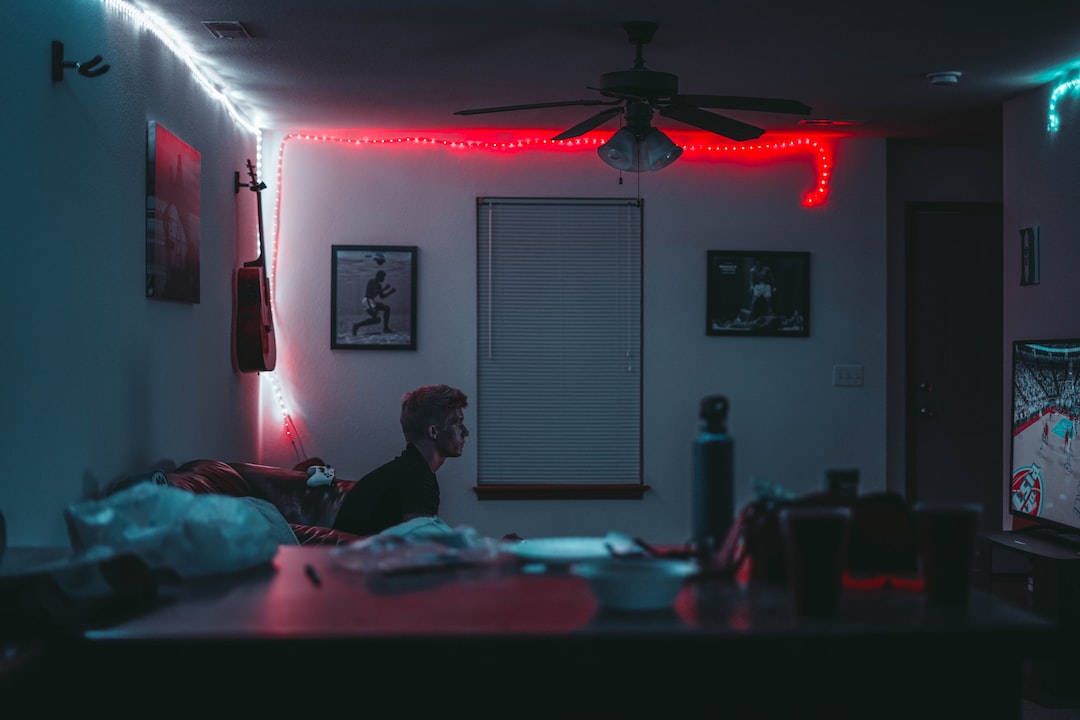From Bookworm to Blockbuster: Best Selling Novels Turned Movies
Books and movies are two distinct forms of storytelling, each with its own unique power to captivate audiences. While literature has been enchanting readers for centuries, cinema has become a dominant force in the entertainment industry. However, what happens when these two art forms collide? When bestselling novels are transformed into movies, the result can be extraordinary. In this blog post, we will delve into the world of best-selling novels turned movies and explore the magical alchemy that brings these stories to life on the silver screen.
One of the most pivotal elements in the success of a book-to-film adaptation is the careful selection of the source material. Bestselling novels have already proven their appeal to readers, possessing a storyline or theme that resonates deeply with a wide audience. By selecting these novels as a basis for movies, filmmakers possess a pre-existing fan base eagerly awaiting the adaptation, eager to see their beloved characters and stories come to life.
Take, for example, J.K. Rowling’s Harry Potter series. These books captivated millions of readers worldwide with their enchanting story of a young wizard’s journey. When the movies were announced, the anticipation was palpable. Fans anxiously awaited the casting choices, the visual realization of magical creatures, and the breathtaking moments that had stolen their hearts within the pages. The “Harry Potter” film series became a global phenomenon, grossing over $7.7 billion at the box office and further cementing the books’ place in literary and cinematic history.
However, successfully adapting a novel into a movie is no easy task. The challenge lies in condensing hundreds of pages of rich narrative and complex characters into a two-hour visual medium. Filmmakers must find a delicate balance between staying faithful to the source material and making necessary adjustments for the medium. A true testament to this delicate art is the adaptation of “The Lord of the Rings” trilogy by J.R.R. Tolkien.
Director Peter Jackson faced the daunting task of bringing the epic fantasy world of Middle-earth to life. Immersing himself in the intricacies of Tolkien’s novels, Jackson managed to capture the essence of the books while executing the visual spectacle required to transport audiences into another realm. Through stunning cinematography, meticulously designed costumes and sets, and the seamless integration of visual effects, the movies became a modern-day cinematic masterpiece, grossing over $3 billion worldwide.
While some movie adaptations remain faithful to the source material, others take creative liberties with the original novels, sometimes resulting in groundbreaking success. Christopher Nolan’s adaptation of “The Dark Knight” series is a significant example. Drawing from the Batman comics, Nolan crafted a dark and gritty world that explored the psychological depths of the iconic superhero. With stellar performances from actors such as Christian Bale and Heath Ledger, the movies transformed the perception of comic book adaptations, revealing their potential as thought-provoking and complex narratives. “The Dark Knight” grossed over $1 billion worldwide and garnered critical acclaim, solidifying its place as one of the most influential superhero film series of all time.
Beyond the financial success and critical acclaim, book-to-film adaptations have the power to introduce a wider audience to the joys of reading. When a beloved novel is transformed into a visually stunning movie, it often sparks newfound interest in the original source material. Individuals who may not have been avid readers become enticed by the story’s screen adaptation and are inspired to explore the richness of the written word.
Adapting a best-selling novel into a movie is a delicate dance between honoring the original work and embracing the medium-specific requirements of visual storytelling. It requires a visionary director, a talented cast, and a team of dedicated creative minds who understand the essence of the story and its themes. When executed masterfully, the result is a cinematic triumph that reaches audiences worldwide, leaving a lasting impact on both film and literature.
In conclusion, the transformation of best-selling novels into movies is a magical process that can transform a captivating story into a blockbuster success. These adaptations, when done right, bring beloved characters and narratives to life, inspire new generations of readers, and create an everlasting connection between literature and film. As fans eagerly await the next book-to-film adaptation, it’s clear that the allure of seeing our favorite novels on the silver screen is a timeless joy that will continue to captivate audiences for generations to come.

